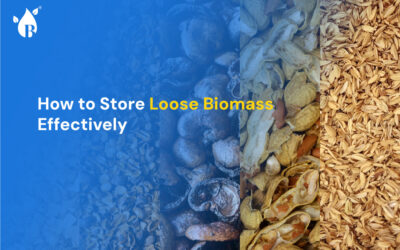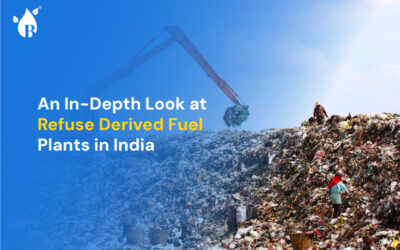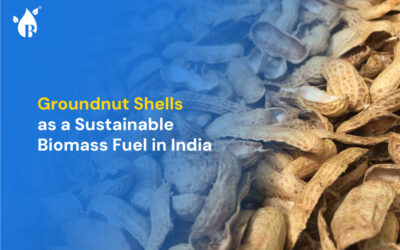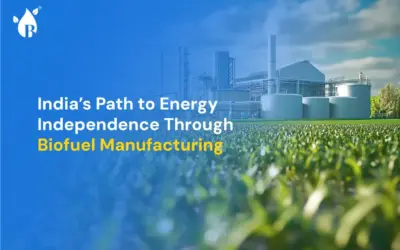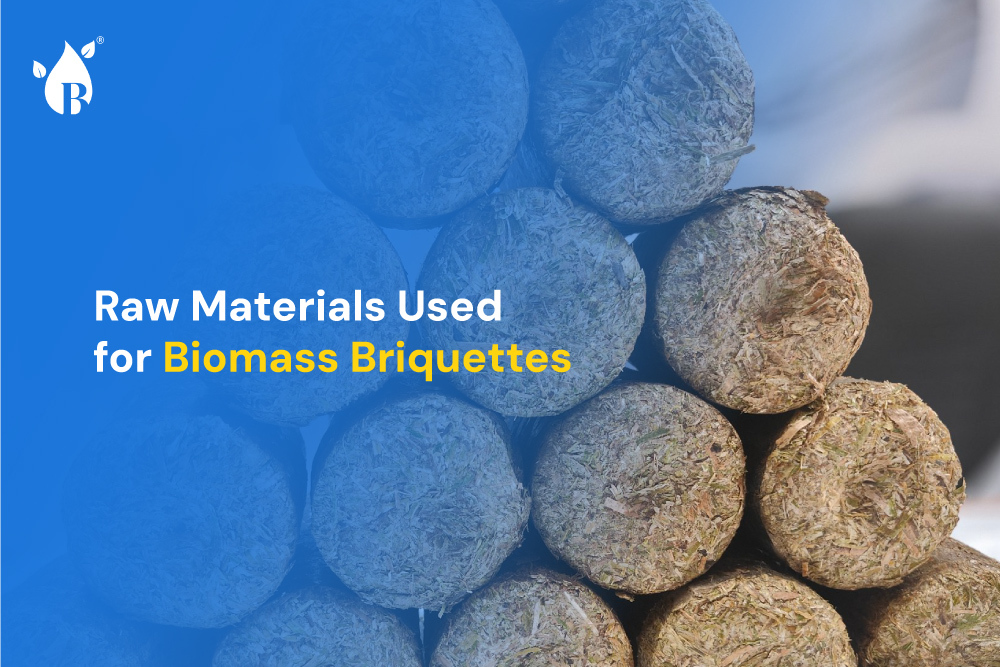
Biomass briquettes have emerged as a sustainable solution for energy needs, offering an eco-friendly alternative to fossil fuels. These briquettes are manufactured from various organic raw materials, which are readily available and renewable. This article explores the diverse raw materials used for biomass briquette production, highlighting their properties, benefits, and applications.
Common Raw Materials for Biomass Briquettes
- Rice Husk: A lightweight and high-silica residue from rice milling, rice husk is a popular choice for briquetting due to its availability and low cost.
- Sawdust: A by-product of sawmills, sawdust is an excellent material for briquettes due to its fine texture and high carbon content.
- Cashewnut Shell: Known for its high calorific value, cashewnut shell is an efficient raw material for briquette production.
- Turmeric Spent: A by-product of turmeric processing, turmeric spent is a sustainable option for briquetting.
- Coffee Husk: Generated during coffee processing, these husks are rich in carbon and provide good combustion properties.
- Groundnut Shell: Known for its calorific value, groundnut shells are ideal for biomass briquettes, especially in regions with peanut farming.
- Soya Husk: A by-product of soybean processing, soya husk is another cost-effective material for briquetting.
- Bagasse: A sugarcane by-product, bagasse is widely used for high-density briquettes due to its fibrous nature.
- Maize Corn Waste: With moderate energy content, maize corn waste is a sustainable option for biomass briquetting.
- Mustard Husk: A by-product of mustard oil extraction, mustard husk is an affordable and efficient material for briquetting.
- Coconut Husk: Known for its high calorific value, coconut husk is used to produce premium-quality briquettes.
- Municipal Solid Waste (MSW): Often considered waste, MSW can be processed into briquettes, promoting waste management and energy recovery.
Benefits of Using Diverse Raw Materials
- Waste Utilization: Converts agricultural and industrial by-products into useful energy sources.
- Renewability: Ensures a continuous supply of raw materials due to their renewable nature.
- Cost-Effectiveness: Reduces production costs by using readily available materials.
- Sustainability: Lowers greenhouse gas emissions and dependence on non-renewable resources.
Conclusion
The raw materials used for biomass briquettes are diverse and abundant, ranging from agricultural residues to industrial by-products. By utilizing these materials, the briquetting process not only addresses waste management challenges but also contributes to a greener and more sustainable future. As demand for eco-friendly energy solutions grows, the role of biomass briquettes and their raw materials becomes increasingly significant.
With platforms like Buyofuel, you can even customize the composition of biomass briquettes based on the availability of raw materials and specific energy requirements, ensuring an optimized and tailored energy solution.
You might also like…
Net-Zero Commitments in India: The Role of High-Emission Sectors
India’s path toward achieving net-zero emissions by 2070 is both ambitious and essential. With its diverse industrial landscape, a major challenge...
How to Store Loose Biomass Effectively
Loose biomass, such as rice husk, sawdust, groundnut shell, cashew nut shell, and soya husks, is vital in many industries. It serves as both a...
An In-Depth Look at Refuse Derived Fuel Plants in India
India faces a dual challenge: managing an ever-growing volume of waste and meeting the increasing demand for energy. Refuse Derived Fuel (RDF)...
Trusted by India's Best.
Download now to start trading


